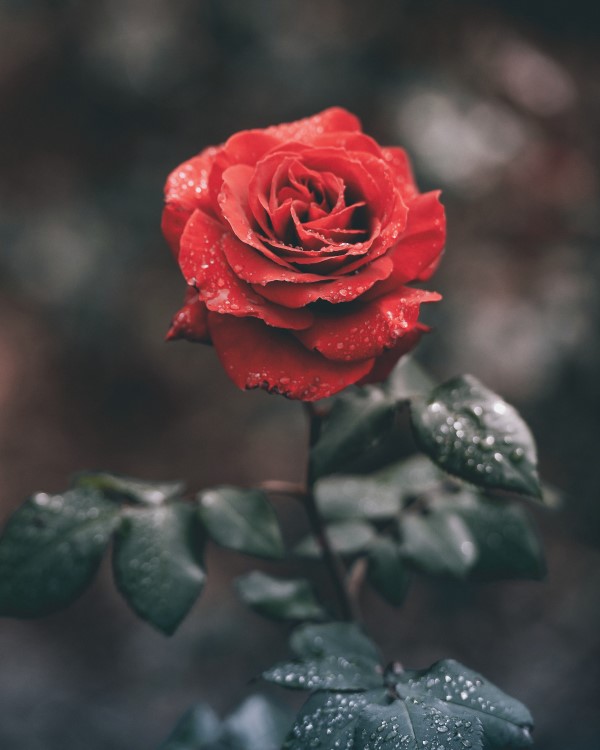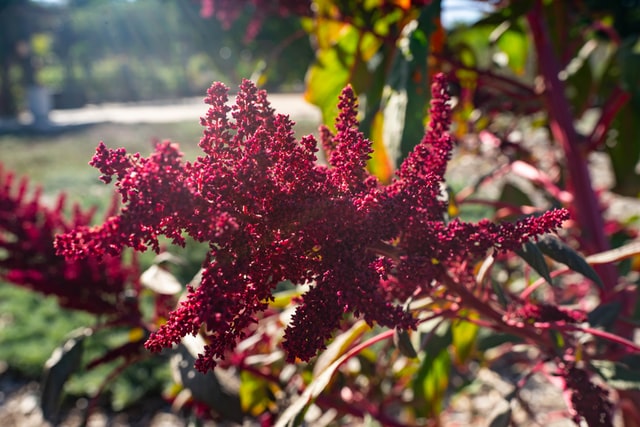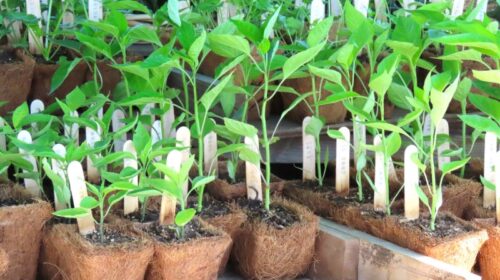Love Never Fades in February’s Garden
By Josh Reilly
February, the month of love and of Saint Valentine. We know little of Valentine, except that he lived in the 2nd century CE and lost his head after insisting on performing Christian rites in then pagan Rome. For his trouble (and accounts are gruesome), he was sainted about 300 years later, possibly on February 14. Valentine’s story is vivid and alarming but in no way suggests romantic love. Then, in the 14th century, Geoffrey Chaucer wrote “A Parliament of Fowls,” a dream-vision poem in which a flock of birds gathers to choose mates for the year, on St. Valentine’s Day. Inspired by Chaucer’s poem, Brits began sending each other love letters on February 14 and off we go. There are other Valentine’s Day origin stories involving pagan fertility rituals, but I like this one because it is just ordinary enough to be true.
But what has all this to do with gardens? Much, as it turns out. Plants can signify love. Their names refer to or incorporate love. Some are said to induce feelings of love and lust when consumed or when simply growing nearby.

Where else to start on Valentine’s Day but the rose? It’s the biggest day of the year for florists, in general, and for rose growers especially. But why red roses and love? Red is the color of blushed cheeks, full lips, and warming temperatures. The fragility of each petal suggests the fleeting nature of love or the vulnerable state of the lover. And of course, any flower reminds us of the passage of time. The petals do fall off; young love does fade. Enjoy them without hesitation while you can.
Rose bouquets often come with Gypsophila (Baby’s Breath). The name includes the Greek word for love (“philos”). The cloud of tiny white blooms is not unlike the maddening but joyful mist through which we stumble when smitten. Nigella (“Love in a Mist”), is a Spring-flowering annual that reseeds spectacularly. Nigella’s light blue blossoms seem almost to hover, unattached, above their foliage. Amaranthus caudatus derives from “amarantos,” Greek for “not fading” (respect, Buddy Holly). And the common name “Love Lies Bleeding?” Yikes! This annual also self-sows with abandon. At maturity, it can grow to about 6 feet with long tassels of tiny red-burgundy flowers. Its leaves also fade from green to red. All three do well here in the San Lorenzo Valley and with no attention, little water, and rather average soil. Love is like that sometimes.
What plants are said to stir love and lust? Before the sciences of botany and medicine, early healers relied on something called the “doctrine of signatures.” Plants with healing powers were said to resemble the part of the body they might heal. So “liverwort” (Old English, “wort,” meaning “plant”), which to some eyes resembles a human liver, was supposed to treat ailments of the liver. Then there is ginger root. If you know what it looks like, you catch my drift. There is even a variety of ginger called “Man Root.” You with me, now? Herbalists have historically used ginger root to treat male sexual or reproductive issues. You can grow American ginger (Asarum spp) here in SLV. And no, I’ve never ingested it. But I grew it, then it disappeared, then my yard was overrun with gophers. Make of this what you will. The heart-shaped foliage is quite lovely for a nice shady spot. Chamomile is often used for calming the nerves and the stomach, but also to treat female reproductive issues, (hence the genus name Matricaria, from the Latin “matric,” meaning “womb”). It was also thought to enhance male enthusiasm, as it were. Very easy to grow and a standard in herb gardens, it spreads rapidly and some even consider it a “weed.” Well, “weed” just means right plant, wrong place, doesn’t it?
Josh Reilly, aka Uncle Skip, writes about seasonal gardening from his home in beautiful Ben Lomond, California.
Featured photo of Amaranthus caudatus, aka the Love Lies Bleeding flower, by Elmer Canas




